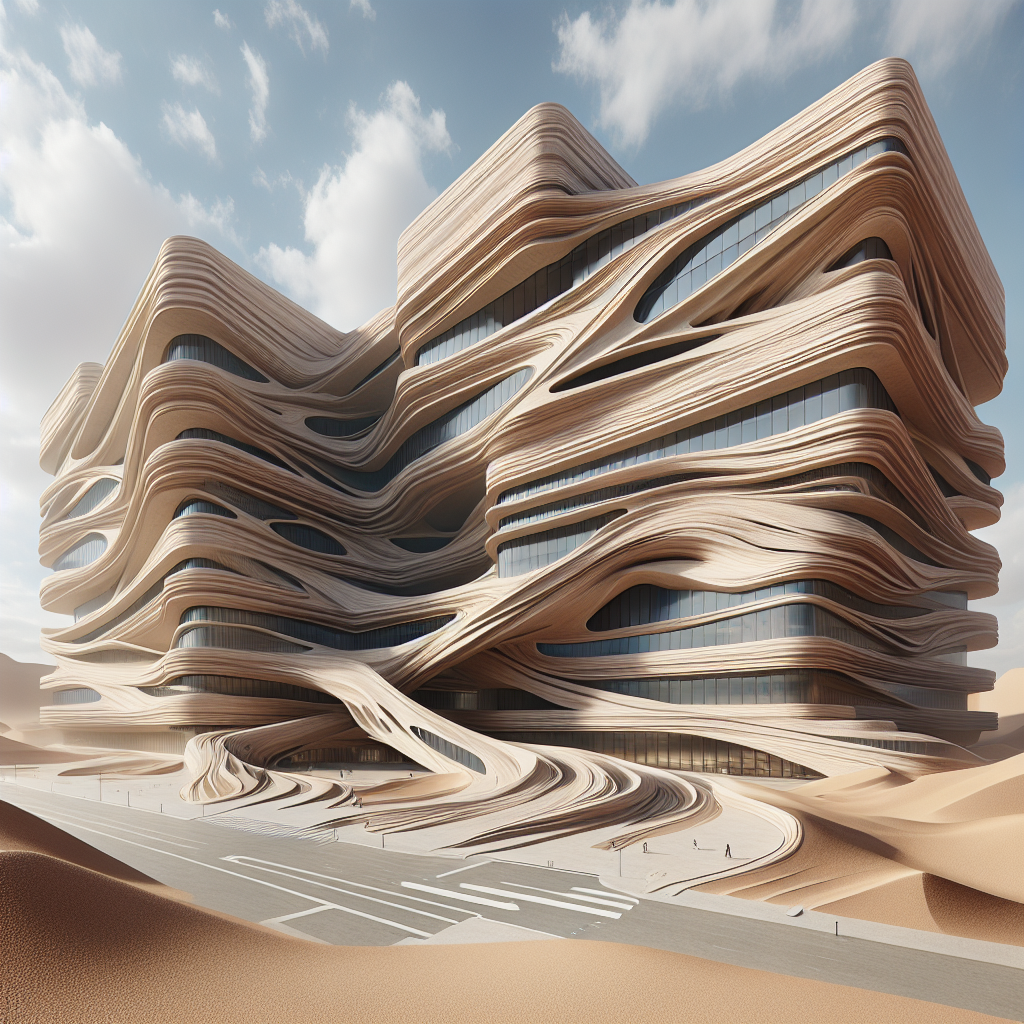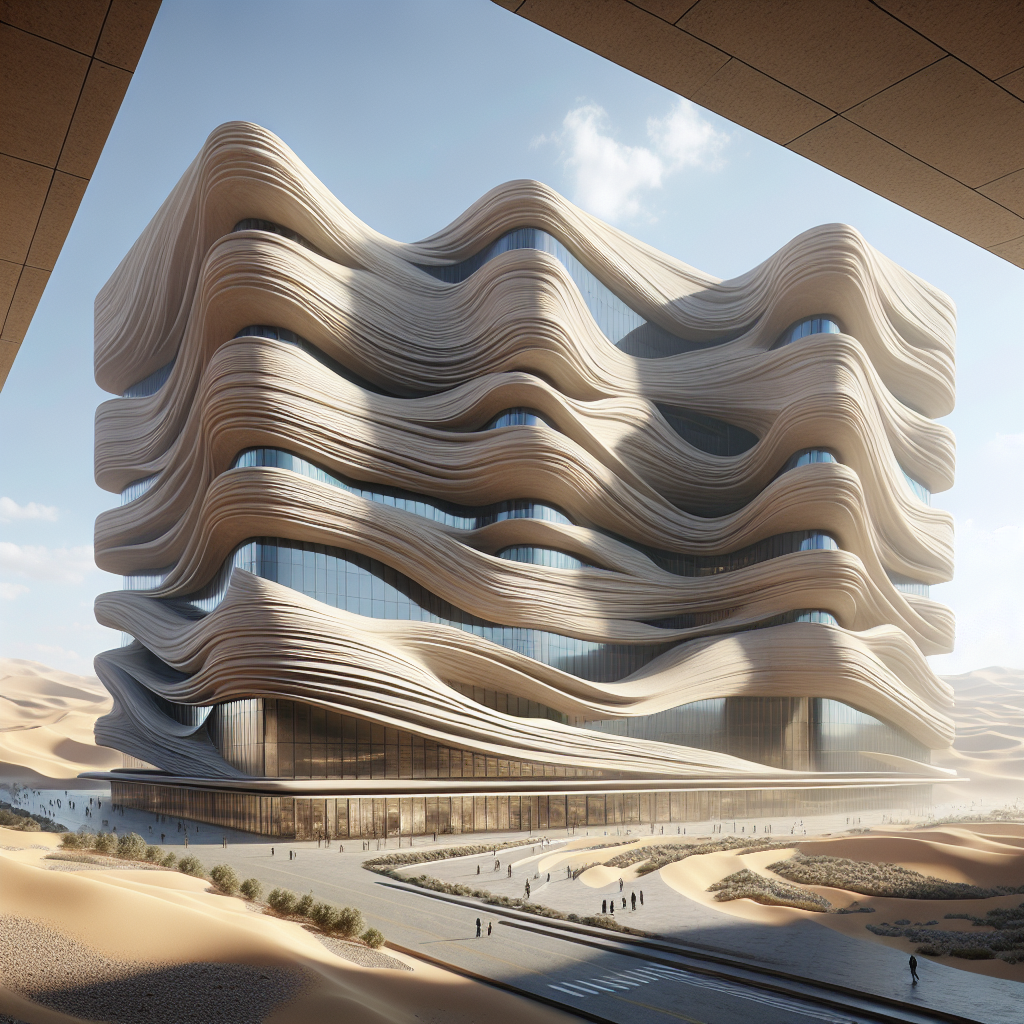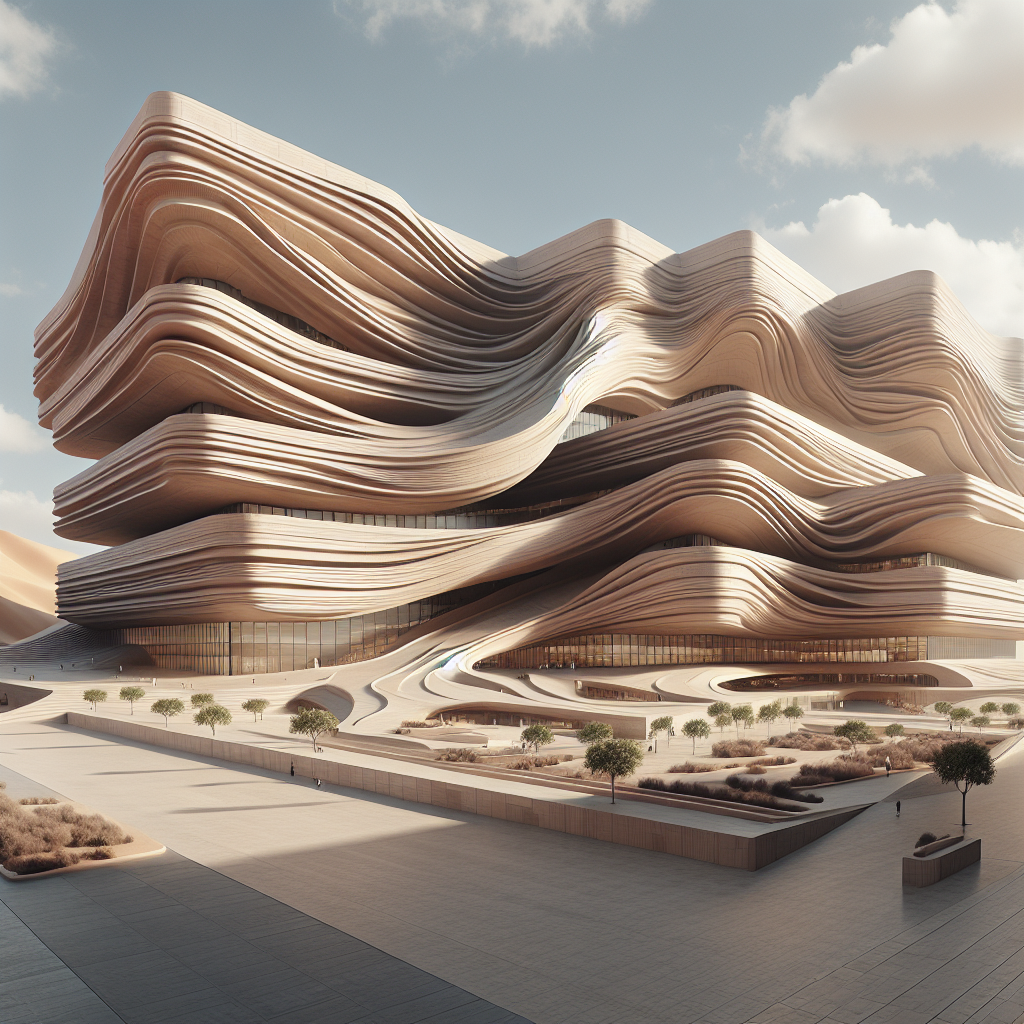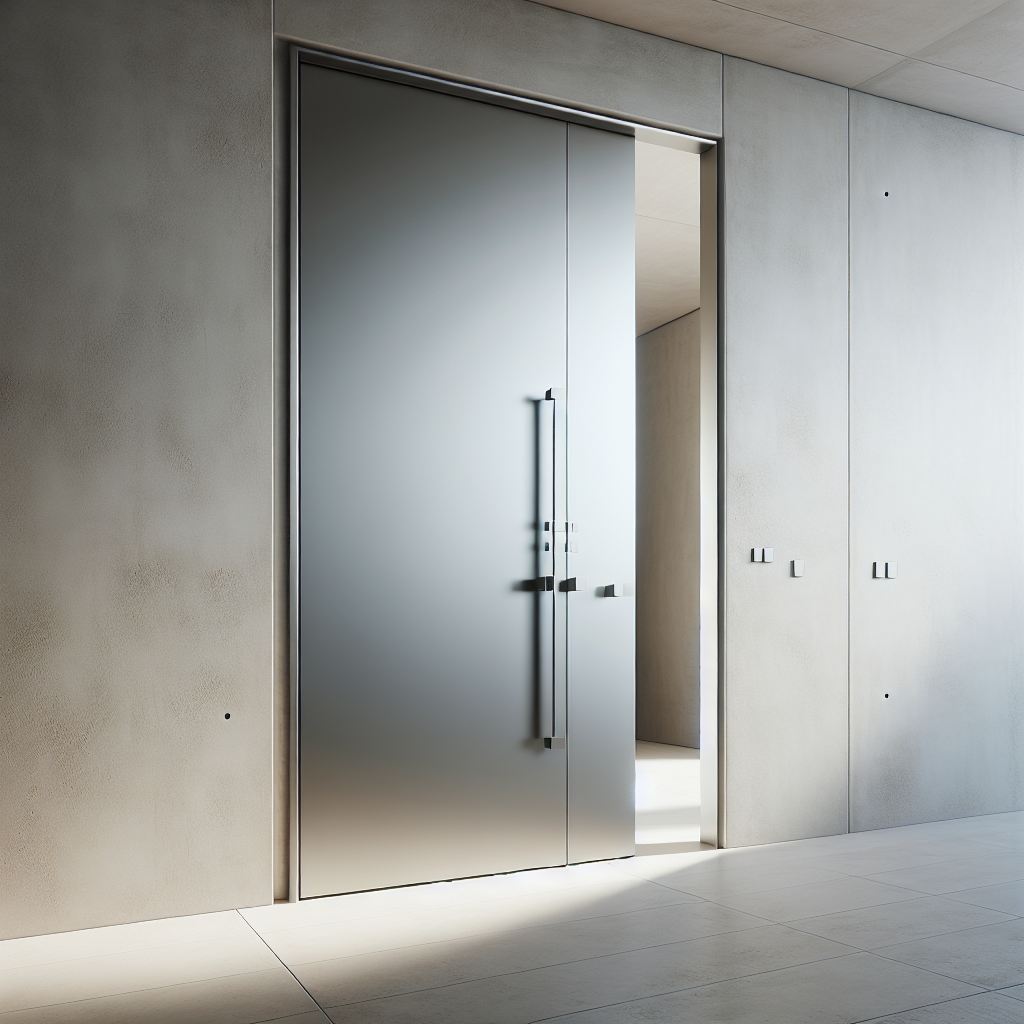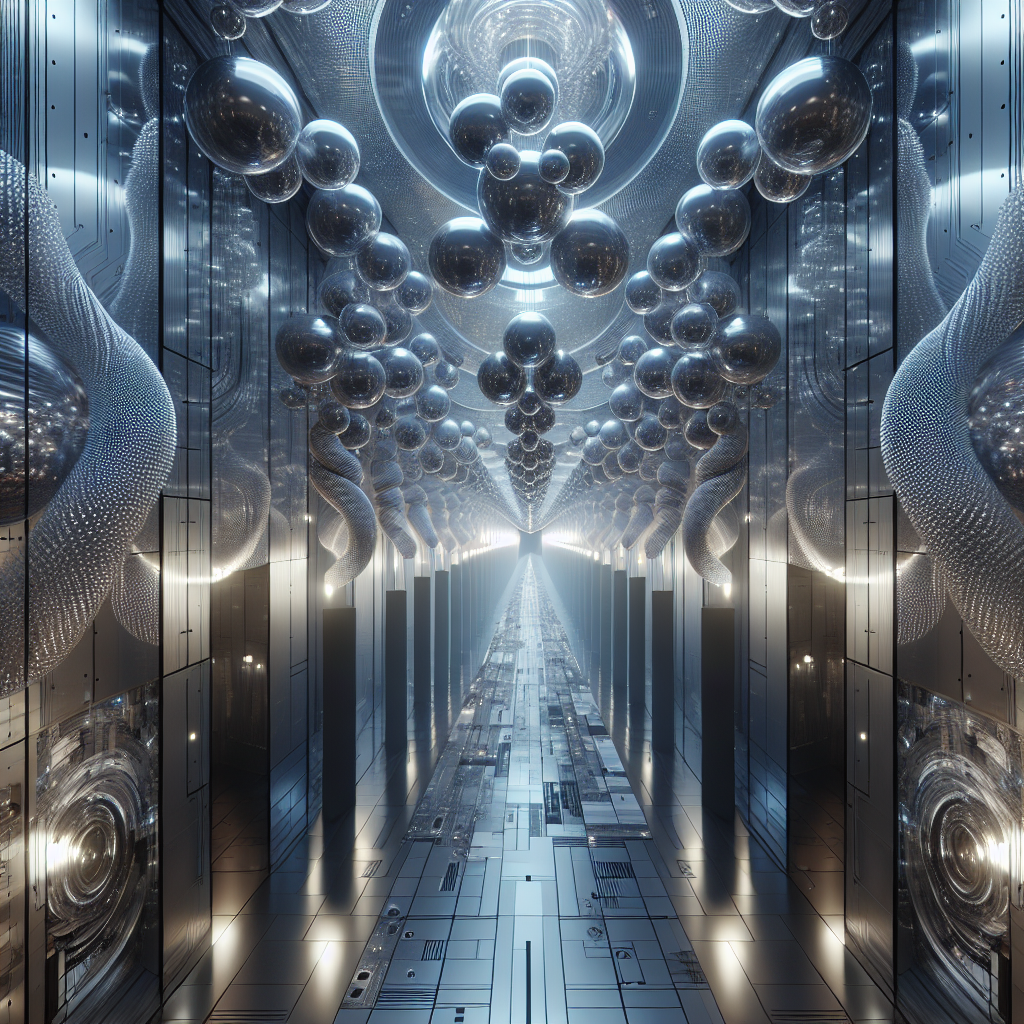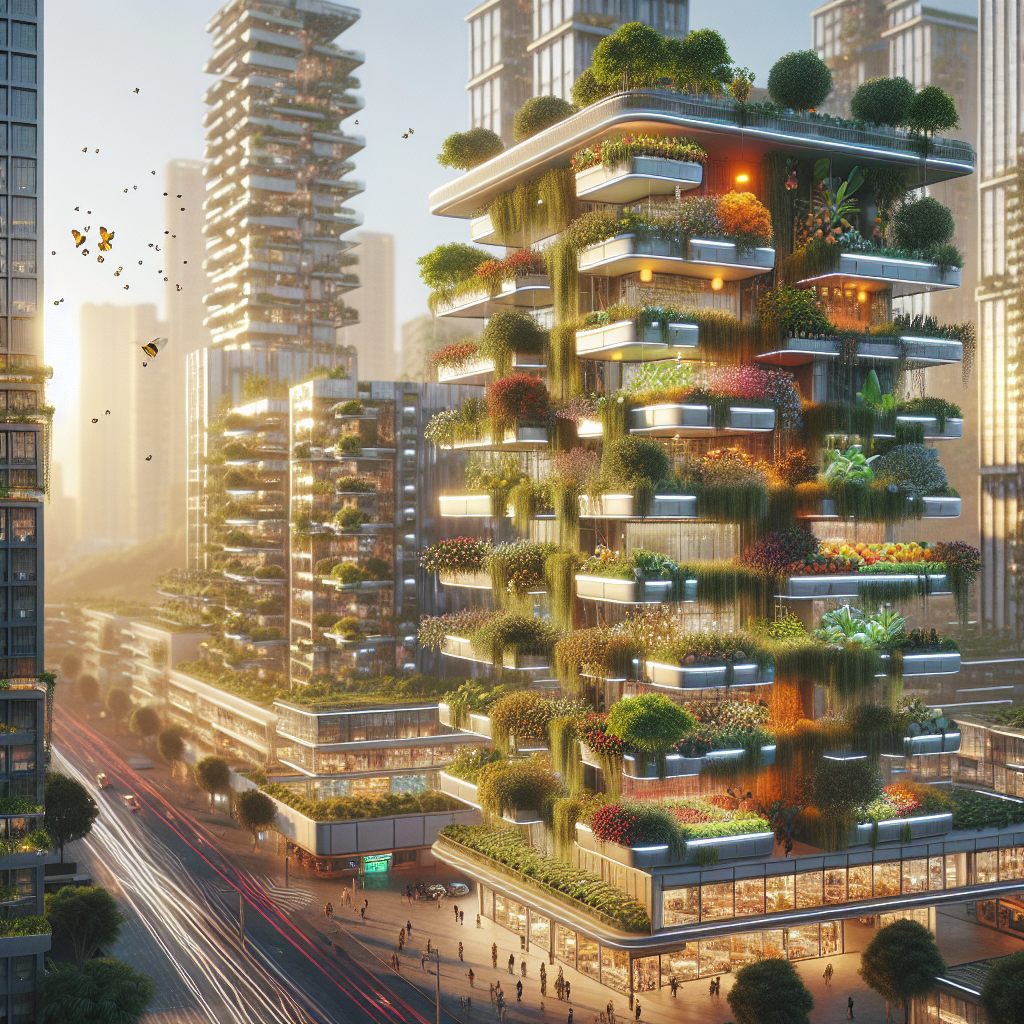Erosion-inspired forms: swirling shapes emulating wind-sculpted canyons
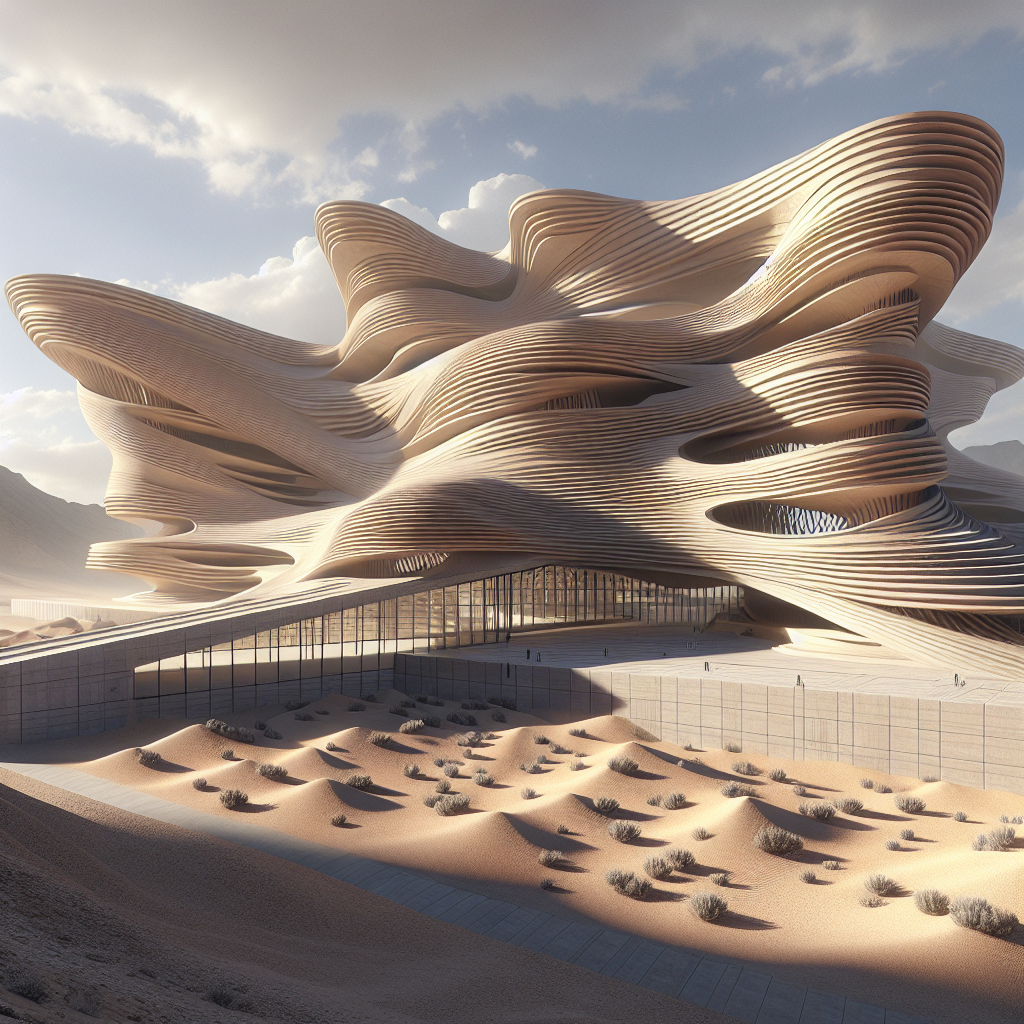
Erosion-Inspired Forms: Swirling Shapes Emulating Wind-Sculpted Canyons
Few natural phenomena captivate architects and designers quite like the erosion-sculpted landscapes of the American Southwest, the deserts of Jordan, or the sandstone gorges of Australia. These wind-carved canyons, with their fluid, undulating geometries, have become more than geological marvels—they are now design blueprints for a new architectural language. By emulating the swirling shapes of erosion, contemporary architects are translating millennia of natural artistry into buildings, interiors, and objects that speak of resilience, movement, and timeless beauty.
The Allure of Wind-Sculpted Geometry
In nature, erosion is both a destructive and creative force. Over centuries, wind and water carve stone into ribbons of fluidity, producing forms that appear soft yet monumental. The appeal of these geometries lies in their paradox: they are simultaneously organic and monumental, chaotic yet ordered. This duality has made erosion-inspired forms a compelling muse for architects seeking to escape rectilinear rigidity and embrace parametric design principles that mimic natural flows.
In recent years, this fascination has aligned with broader design movements such as biomimicry in architecture, where nature’s strategies are studied not only for aesthetics but also for performance. Canyon-like forms can enhance acoustics, guide circulation, and even optimize passive cooling by channeling airflow—functions that mirror the environmental intelligence of the landscapes they reference.
From Canyon Walls to Building Facades
Architectural facades are perhaps the most immediate canvas for erosion-inspired experimentation. Advances in digital fabrication and parametric modeling allow designers to generate rippling, stratified surfaces that evoke the sedimentary layers of rock. These facades are not mere ornamentation; they often serve as environmental mediators, shading interiors while creating dynamic shadow play that shifts with the sun’s angle.
Consider the Heydar Aliyev Center in Baku by Zaha Hadid Architects. While not directly modeled on canyons, its sweeping, fluid curves resonate with the same erosive sensibility—an architecture of flow rather than stasis. Similarly, MAD Architects’ Harbin Opera House in China rises like a snow dune, its sinuous skin echoing the wind’s sculptural force. These projects demonstrate how erosion-inspired design transcends mimicry, becoming a spatial experience that envelops visitors in movement.
Interior Landscapes: Carving Space Like Stone
Inside, erosion-inspired design manifests in walls that ripple like canyon interiors, staircases that spiral like whirlpools, and ceilings that fold into organic vaults. Such interiors reject the flatness of modernist orthodoxy in favor of immersive topographies. Walking through them can feel akin to traversing a natural gorge—spaces narrow and expand, light filters through slits, and textures invite touch.
High-end hospitality projects have embraced this language to craft unforgettable atmospheres. Luxury spas, for instance, often feature cave-like chambers with soft, undulating walls, designed to evoke sanctuary and retreat. In residential design, erosion-inspired kitchens and living rooms employ sculptural islands and flowing partitions that dissolve boundaries between functions, creating fluid living environments aligned with contemporary lifestyles.
Material Innovation: From Stone to Composites
While natural stone remains the most literal medium for canyon-like effects, contemporary designers are pushing the language further through innovative materials. CNC-milled wood panels, 3D-printed concrete, and bio-based composites allow for erosion-inspired surfaces that are lightweight, sustainable, and customizable. These materials not only democratize access to organic forms but also align with the industry’s growing commitment to circular economy principles.
One striking example is the use of sand-printing technology, where desert sand is fused into sculptural panels reminiscent of wind-carved dunes. Such techniques blur the line between natural process and human intervention, raising questions about authorship: are these forms designed, or are they discovered?
Urban Implications: Carving Cities of Flow
On an urban scale, erosion-inspired design offers a counterpoint to the grid. Plazas, walkways, and public installations shaped like swirling canyons encourage meandering rather than linear movement, fostering exploratory urban experiences. This approach resonates with contemporary urbanism’s emphasis on human-centric public spaces that prioritize sensory engagement over efficiency alone.
Furthermore, erosion-inspired masterplans can respond to climate challenges. By channeling wind, water, and light, they create microclimates that mitigate heat and improve comfort in dense urban environments. This is particularly relevant in desert cities, where canyon-like geometries can serve as passive cooling systems, echoing lessons from ancient desert architecture.
Case Study: The Canyon as Cultural Symbol
Beyond performance and aesthetics, erosion-inspired forms carry cultural resonance. Canyons are often regarded as sacred landscapes, repositories of memory and identity. By translating their geometries into architecture, designers tap into a collective reverence for nature’s artistry. This symbolic dimension adds depth to projects, transforming them into narratives of place and time.
For instance, the Desert Pavilion at Expo 2020 Dubai drew inspiration from sandstone formations, not only as a formal reference but as a metaphor for endurance and adaptation. Its layered walls embodied the story of survival in arid environments, reminding visitors that architecture can be both poetic and pragmatic.
The Future of Erosion-Inspired Design
As computational tools advance, the potential for erosion-inspired architecture expands. Generative algorithms can simulate erosive processes, producing forms that are both unpredictable and optimized for performance. Combined with robotic fabrication, this opens the door to structures that feel grown rather than built.
Yet the challenge lies in balance. Without restraint, erosion-inspired design risks becoming a superficial aesthetic—an Instagrammable spectacle devoid of substance. The most compelling projects are those that integrate form, function, and meaning, ensuring that swirling geometries are not only beautiful but also purposeful.
A New Lexicon of Flow
In an era when architecture is increasingly tasked with addressing environmental, social, and cultural complexities, erosion-inspired forms offer more than visual delight. They propose a new lexicon of flow—one that harmonizes with natural forces, enriches human experience, and redefines the relationship between built and natural environments.
Like the canyons themselves, these designs remind us that beauty is not always born of perfection, but of time, resilience, and transformation. In the swirling walls of a canyon, architects glimpse not only the past but also a blueprint for the future of design.
